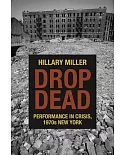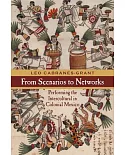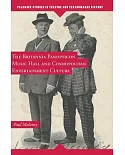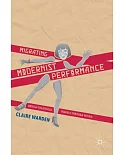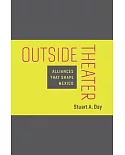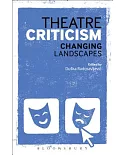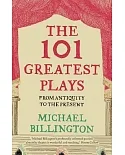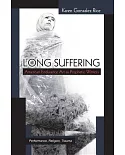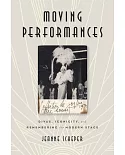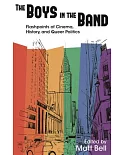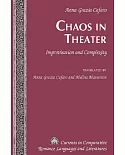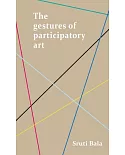' America's Japan and Japan's Performing Arts studies the images and myths that have shaped the reception of Japan-related theater, music, and dance in the United States since the 1950s. Soon
after World War II, visits by Japanese performing artists to the United States emerged as a significant category of American cultural-exchange initiatives aimed at helping establish and build
friendly ties with Japan. Barbara E. Thornbury explores how 'Japan' and 'Japanese culture' have been constructed, reconstructed, and transformed in response to the hundreds of productions that
have taken place over the past sixty years in New York, the main entry point and defining cultural nexus in the United States for the global touring market in the performing arts. Thornbury
crosses disciplinary boundaries in her wide range of both primary sources and published scholarship, making the book of interest to students and scholars of performing arts studies, Japanese
studies, and cultural studies'--



